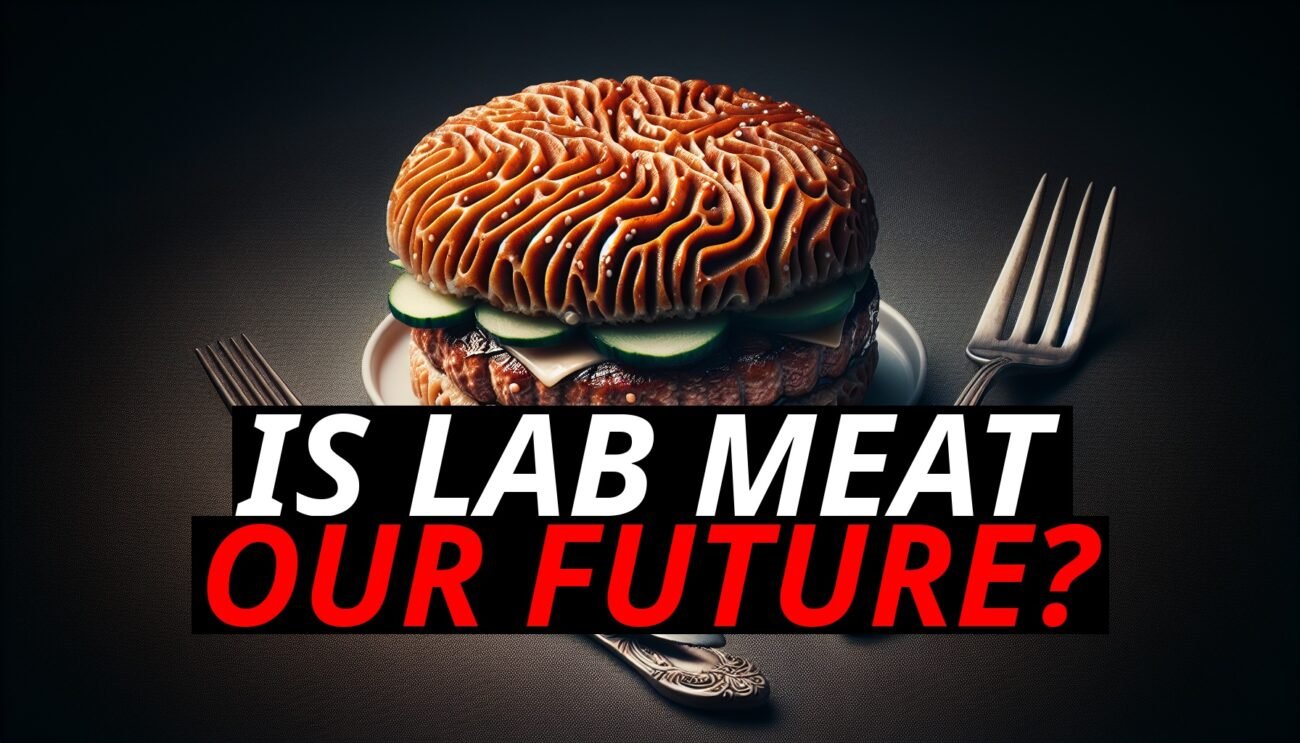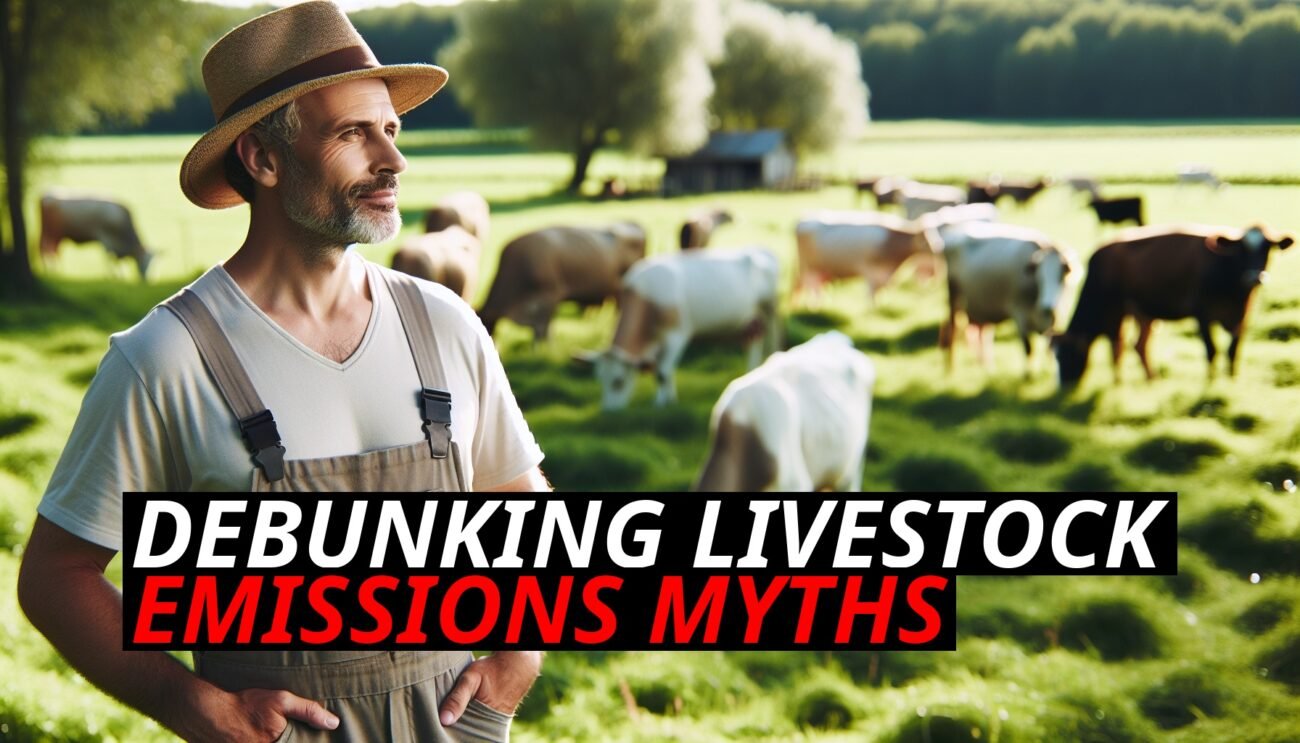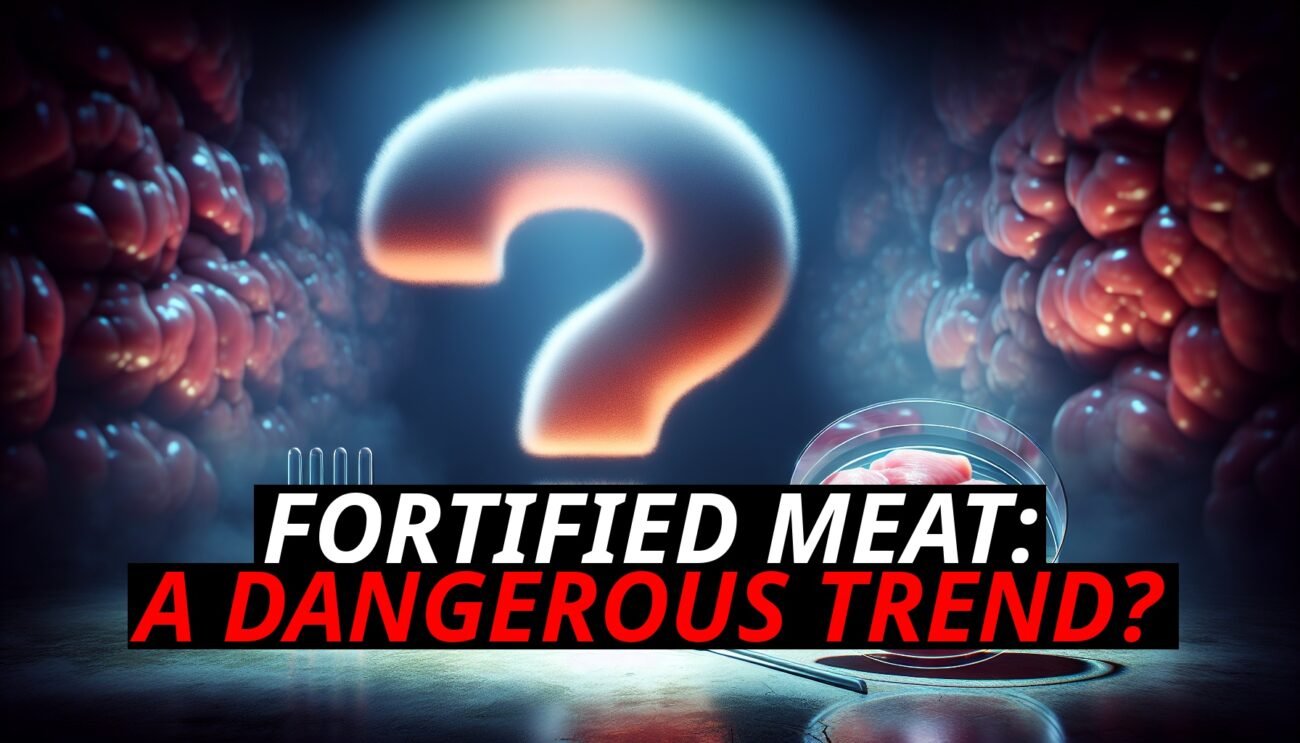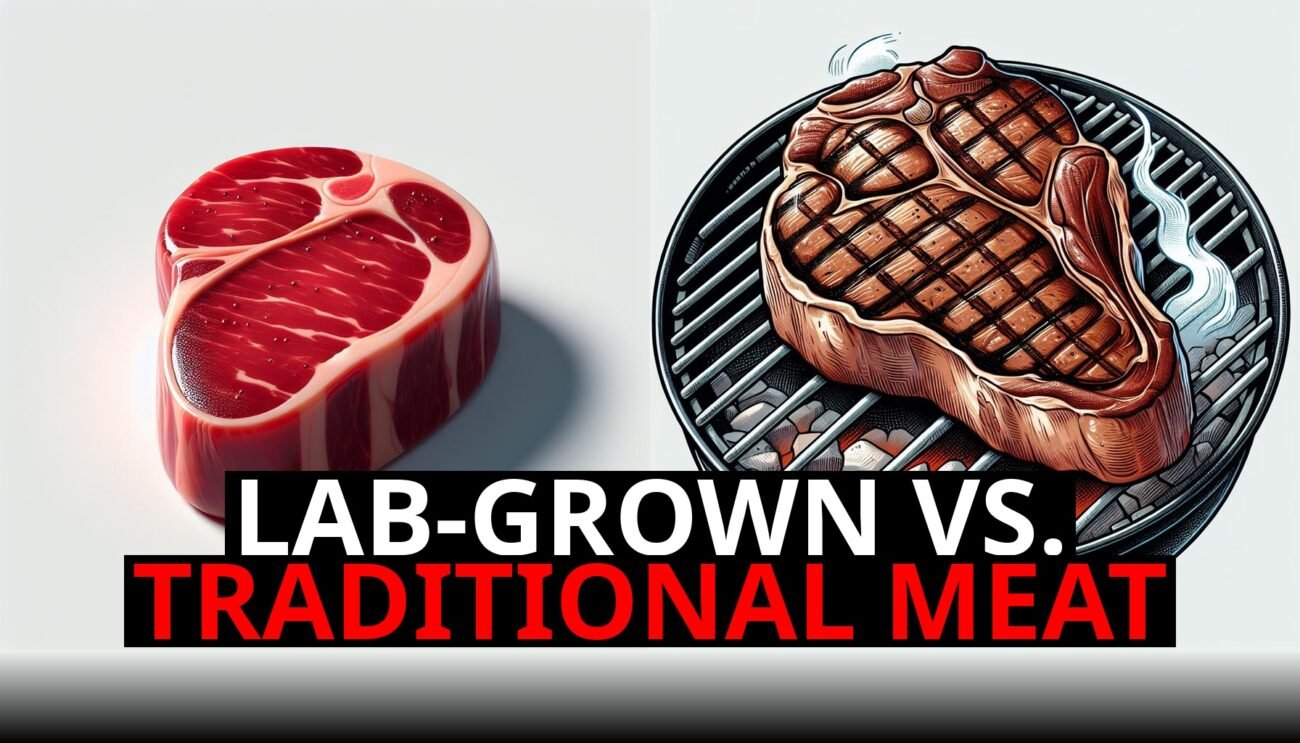Is Lab-Grown Meat All It’S Made Out To Be?
Imagine ordering a steak that wasn’t raised on a farm but cultivated in a high-tech lab. It looks like meat, smells like meat, and even tastes like meat. But is it really the same? Lab-grown meat has captured the imagination of scientists, environmentalists, and food enthusiasts alike, promising a future where meat is made without the environmental cost of traditional farming. But there’s a big question hiding in plain sight: Can lab-grown meat replicate the full nutritional profile of traditional meat, or is there more to the story?
The Reality Of What’S In Real Meat
Real meat is more than just protein; it’s a nutritional powerhouse filled with essential components that work together to keep our bodies functioning optimally. Here’s what makes traditional meat so nutritionally valuable:
- Complete Proteins: Real meat provides all nine essential amino acids, the building blocks your body can’t produce on its own.
- Beneficial Fats: Meat naturally contains fats, including omega-3 and omega-6 fatty acids, which are crucial for heart and brain health.
- Micronutrients: Meat is rich in important vitamins and minerals such as iron, zinc, vitamin B12, and other B vitamins, which play significant roles in energy production, immune support, and cognitive function.
- Nutrient Synergy: The nutrients in meat don’t work in isolation. They interact in ways that enhance their absorption and effectiveness, providing a comprehensive package that is difficult to replicate artificially.
Lab-Grown Meat: The Basics
Lab-grown meat, also known as cultured or cultivated meat, is produced by culturing animal cells in a controlled environment. This process can replicate the muscle tissue of real meat, but producing muscle alone isn’t enough to match the complete nutritional profile of traditional meat. Here’s why:
- Limited Nutrient Composition: While lab-grown meat can replicate the protein structure found in traditional meat, it often lacks the full range of micronutrients and beneficial fats.
- Fortification Challenges: Adding vitamins and minerals to lab-grown meat is possible, but ensuring these nutrients are as bioavailable as they are in real meat is a significant challenge.
The Micronutrient Puzzle
One of the biggest hurdles for lab-grown meat is replicating the natural mix of micronutrients found in traditional meat. For example:
- Iron: Real meat contains heme iron, which is highly bioavailable and easily absorbed by the body. This form of iron is superior to non-heme iron found in plant-based sources or potential lab-grown meat fortifications. The absorption and utilization of heme iron don’t require other dietary aids, making it an efficient nutrient source.
- Zinc and Vitamin B12: These are crucial for immune function and neurological health. While zinc can be added to lab-grown meat, ensuring it is absorbed as effectively as it is from traditional meat remains a challenge. Vitamin B12, found naturally in animal products, must be synthesized or added to lab-grown meat, and this raises questions about its bioavailability.
Fat Content: More Than Just Taste
Fat plays a key role not just in the flavor and texture of meat but also in its nutritional value. The fats found in meat contribute to:
- Cellular Health: Omega-3 and omega-6 fatty acids support brain function, reduce inflammation, and promote heart health.
- Nutrient Absorption: Certain vitamins, such as vitamin D and vitamin K, are fat-soluble, meaning they need dietary fat to be absorbed effectively.
Creating lab-grown meat with a balanced fat profile is a significant hurdle. Current methods may involve adding plant-based oils or synthetic fats, which might not deliver the same health benefits or work synergistically with other nutrients.
Can Nutrient Fortification Fill The Gaps?
Proponents of lab-grown meat often suggest fortification—the addition of vitamins and minerals—to make up for any nutritional shortcomings. While this sounds promising, there are a few caveats:
- Potential Imbalances: Fortifying lab-grown meat with individual nutrients can lead to an imbalance. For instance, taking iron supplements without careful monitoring can lead to iron overload, which is harmful to the body.
- Absorption Limitations: Nutrients added artificially might not be absorbed as efficiently as those found in whole foods. For example, iron absorption from fortified sources often requires vitamin C or other co-factors, while heme iron from real meat is absorbed without these aids.
This shows that while it’s possible to add isolated nutrients, replicating the nutrient synergy found in traditional meat is a much more complicated task.
The Lesson From Supplements
The vitamin supplement industry offers a cautionary tale. While supplements can provide necessary nutrients, they’re not as effective as nutrients from whole foods:
- Bioavailability Issues: Many supplements don’t deliver nutrients in forms that the body can easily absorb. For example, calcium supplements have been linked to potential health risks when not taken with balanced levels of magnesium and vitamin D.
- Unexpected Outcomes: Some nutrient supplements, like high-dose vitamin E or beta-carotene, have shown negative effects when consumed in isolation. This highlights the importance of the nutrient matrix found in whole foods, which is difficult to replicate in lab-grown meat.
Beyond Muscle: The Complexity Of Nutritional Profiles
Real meat comes with more than just muscle. It contains connective tissues, collagen, and other components that contribute to overall health. Lab-grown meat, at this stage, is focused on replicating muscle tissue, but that’s only one part of the nutritional equation:
- Collagen: Found in real meat, collagen is essential for joint health and skin elasticity.
- Co-Factors and Enzymes: These natural components help with digestion and nutrient absorption but are not present in lab-grown meat.
Final Thoughts: A Work In Progress
Lab-grown meat is a testament to human ingenuity and could play a significant role in future food systems. However, when it comes to nutrition, it’s not yet on par with traditional meat. The challenges of ensuring nutrient bioavailability, replicating healthy fat content, and providing the full range of micronutrients remain significant.
So, what’s missing in lab-grown meat? The answer is clear: it’s more than just muscle. Until science can replicate the complete nutritional profile of traditional meat, including its fat content and nutrient synergy, lab-grown alternatives will fall short of being a perfect substitute.













